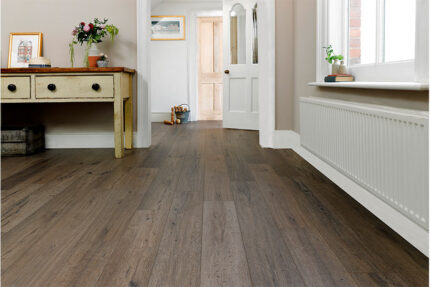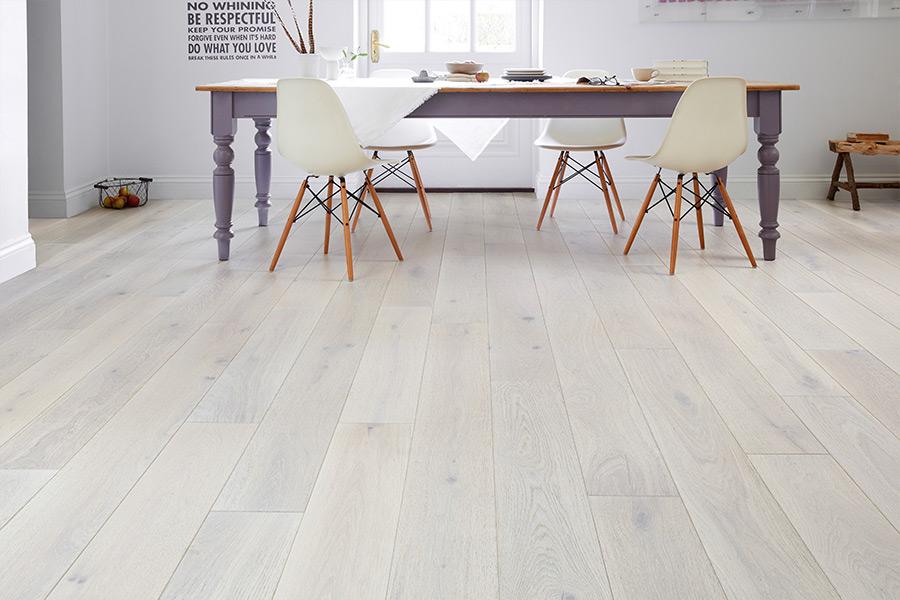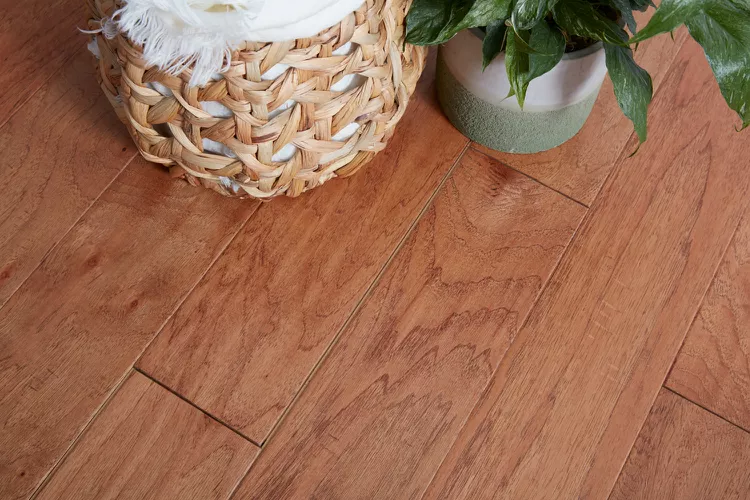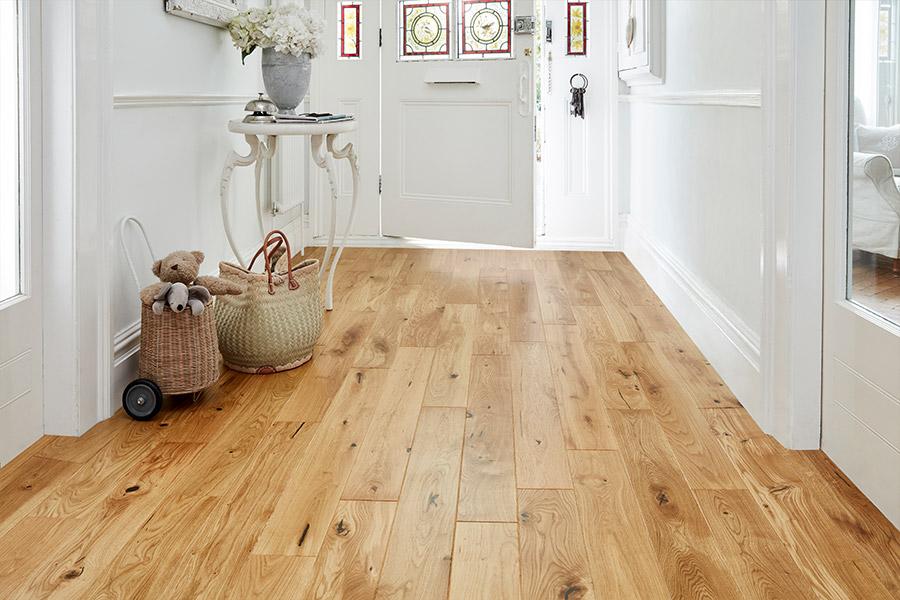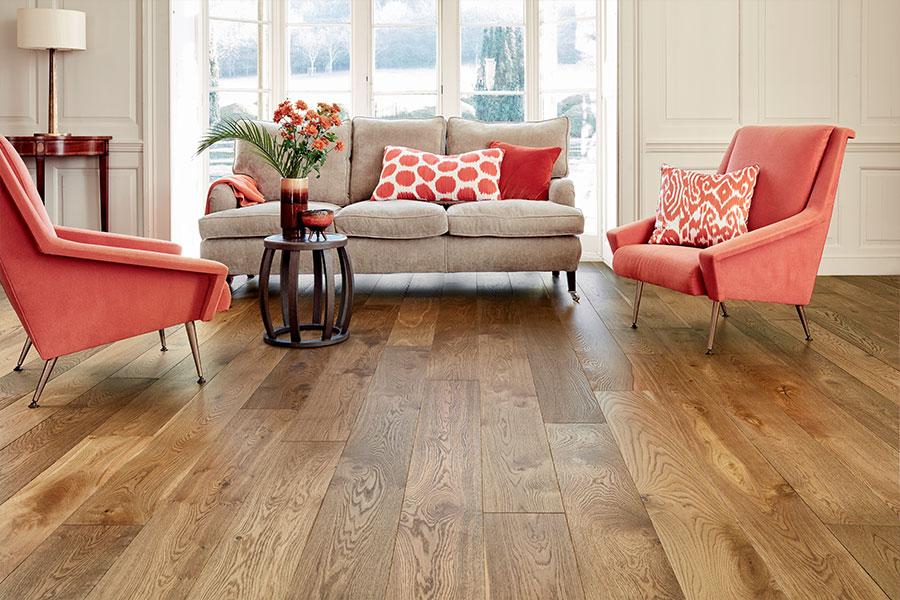Introduction
Engineered wood flooring can form gaps between boards, especially after flooding. Cracks can be so problematic that removing and replacing the floor is the only option. Engineered hardwood floors, on the other hand, are designed to minimize many problems associated with solid wood, such as gaps caused by expansion and contraction of the wood.
However, treated hardwood can still develop gaps. Factors include humidity, installation methods and material deficiencies. When installing wood flooring, leave 3/8 inch to 3/4 inch around the perimeter to allow the wood to expand. Cover the gap with baseboards and folding boards.
Moisture
Wood expands and contracts with changes in humidity. It expands when the humidity is high and shrinks when the air is drier.
The amount of expansion and contraction depends a lot on the direction of the wood grain. Wood moves most over the grain, not with it. Traditional hardwood floorboards (and the top layer of engineered flooring) are cut parallel to the grain.
Because of this, the boards tend to expand and narrow (across the grain) more than they lengthen and shorten (with the grain). Grain). Most moisture-related problems with solid wood floors, such as warping or warping, happen unintentionally.
An engineered timber flooring consists primarily of a hardwood top layer laminated to a plywood core or base. Plywood is assembled in layers in a cross-cross technique. The grain of each layer is perpendicular to the grain of the layers above and below. When one layer wants to expand or contract from side to side, adjacent layers want to move from front to back.
Therefore, the layers work against each other, resulting in minimal overall expansion and contraction. Because of this, engineered flooring is sometimes called dimensionally stable.
Tip
Finished plywood works similarly. While the veneer is applied to the dimensional plywood core, another layer of veneer is applied to the back of the board. This balances out all expansion and contraction.
The plywood core of engineered timber flooring helps reduce the gap caused by natural expansion and contraction. But it doesn’t always remove it. This explains one of the most common reasons why there is a gap in the floor. Therefore, installers must also condition the floor before installing it.
One of the most common solutions to this problem is to carefully condition your home throughout the year to maintain ideal humidity levels. The idea is to use an air conditioner to lower the humidity in the summer and raise the humidifier in the winter.
Water splashes on the wooden floor must be wiped off immediately before the water can seep into the joints of the floorboards.
Installation
The engineered timber flooring can be nailed, glued or floated (fixed from one floorboard to another, without fixing points in the subfloor).
In all cases, the floorboards must be secure. connected during the first installation. If not, and there are gaps between the tiles, the gaps are there, although they may shrink slightly in high humidity.
Glu-glued tiles present special challenges that can frustrate inexperienced installers. If the tiles don’t come together properly before the adhesive sets, gaps can be difficult to repair.
Even if the installer goes back and closes the gaps, the adhesive has a memory that can pull the tiles back. to its original position, causing the gaps to reopen. For this and other reasons, gluing is best left to experienced installers.
The natural choice for most do-it-yourselfers, engineered flooring involves a slip-on floor that is simply placed over a foam pad. The best way to avoid gaps with this installation is to cut the boards to size and join them properly. Make sure each board has no gaps before moving on to the next.
Tip
Floor manufacturers recommend installation. on the floor for several days, placing the material in the room where it will be installed. This allows the wood to adapt to the humidity and temperature of the room before the floor is installed and reduces the possibility of movement after installation.
Material defects
The designed floor structure helps to minimize the effect of natural defects on the floor wood, but it’s still wood, and wood has some flaws. It is not possible to work the floors with 100 percent accuracy on every tile.
Tip
Although engineered wood are rare, it is worth opening each box and examining all the contents individually. Observe the length of the boards and check the straightness. If even one floor board is defective, please return the entire box.
Because of this, some boards do not fit together perfectly. If there is a gap during the installation of the floor, try to find a table that fits better. Otherwise, if there is a gap in the floor, the only solution is to change the board or fill the gap with wood filler that matches the color.

